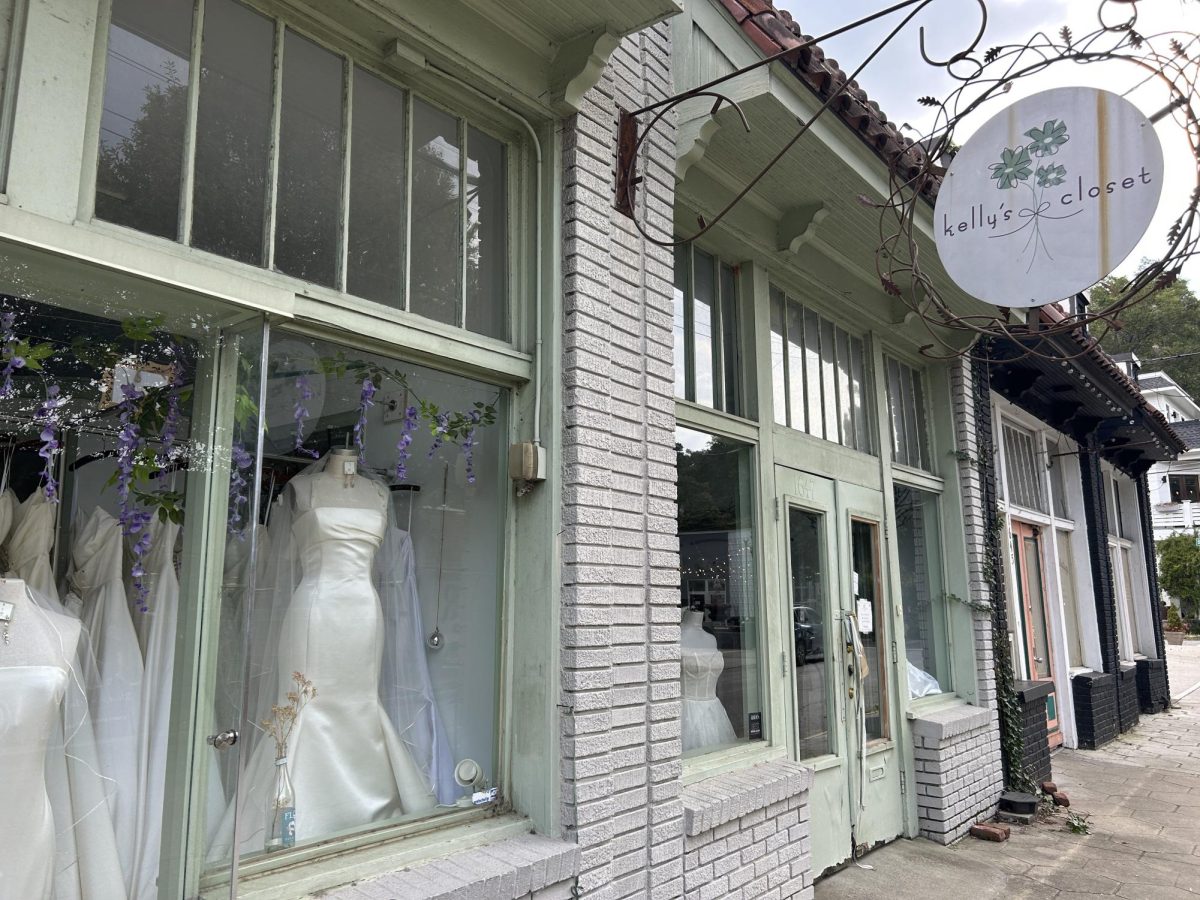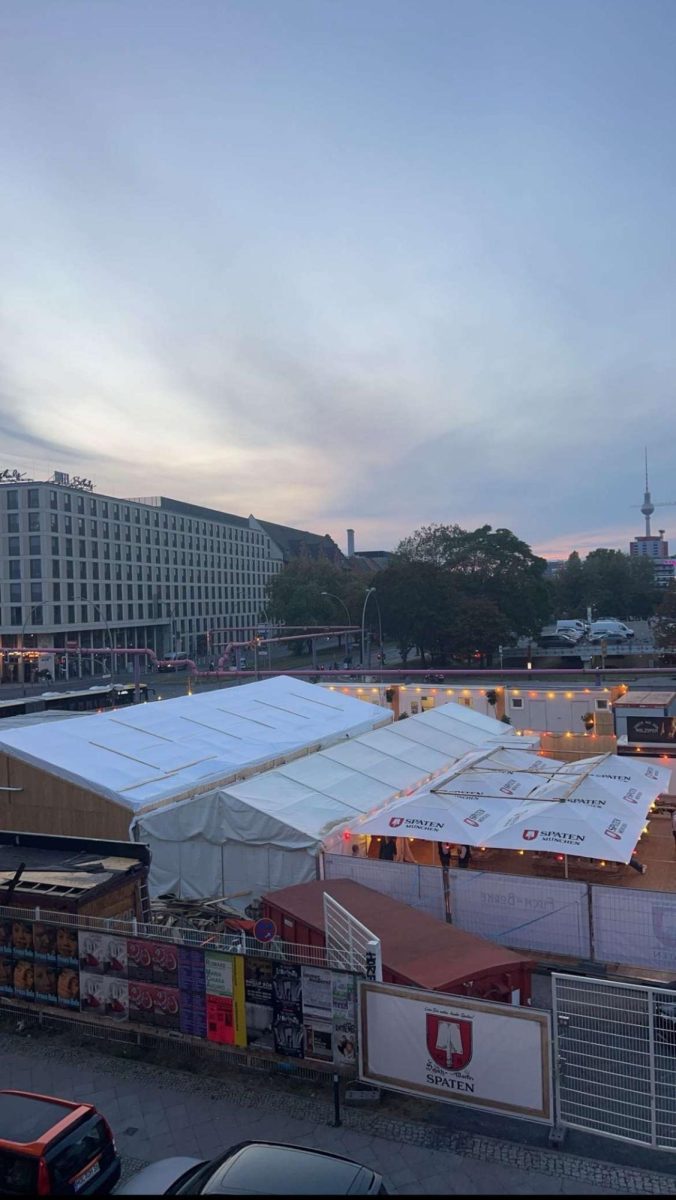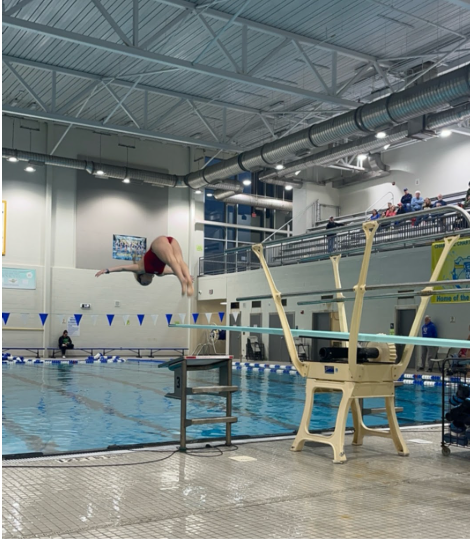
Citing “intestines of trailers” and a swelling population, Superintendent Meria Carstarphen argued that APS has sought too long for short-term solutions to the Grady cluster’s severe overcrowding. On Thursday night, Carstarphen and the Board of Education assured a concerned crowd of community members that those times are over and unveiled a six-year, $93 million project targeted at enlarging current infrastructure.
“It’s the first time they’ve presented a comprehensive plan that takes care of both capacities and facilities,” parent Marshall Norseng said. “But for most parents, I think it’s just the timeline that looks like it might take a long time.”
Beginning in 2017, APS aims to expand the Grady campus and refurbish parts of the school, to create a Howard Middle School, to destroy the former Walden Middle School in order to build additional athletic practice fields and to convert the Inman Middle School campus into an additional elementary school for the cluster. Although the project won’t be completed until 2023 and potentially beyond, it’s the most extensive improvement that APS has made to the cluster in decades. And after a community meeting this past spring that drew significant opposition and grievances from audience members—causing APS to entirely rethink its strategy—it’s a proposal that Carstarphen hopes will stick.

“This plan is something we should anchor down hard so that a future administration or board couldn’t undo the great idea,” Carstarphen said.
In replacement of its trailer park and grass lot, Grady will receive an estimated $22 million to construct a new building complex. With 18 classrooms, three laboratories and an administrative suite, the extension will increase school capacity from 1300 to 1725 students. Additionally, the school will spend $11 million to refurbish current buildings, based on recommendations from a planned Facility Condition Assessment. The addition even eliminates previous concerns that APS might move ninth-graders to an off-campus, ninth-grade academy.
“It gives us some space, some flexible usage and some administrative space,” Principal Timothy Guiney said. “I know that the design will really help us to get rid of our trailers because it’ll be out in that direction, which is really a positive. I know it seems like a long time, but four years will come and go pretty quickly.”

None of the plans, however, are yet guaranteed. All of the funding APS needs lies in a county-commissioned Special-Purpose Local-Option Sales Tax (SPLOST), on which the citizens of Atlanta will vote in a 2016 referendum. If SPLOST wins, the county will continue to impose an additional 1% sales tax, which was created in a SPLOST referendum five years ago but is set to expire in March. Carstarphen and the Board urged the audience to take an active role in motivating the community to turn out at the polls.
“All have it within their property rights’ interests to mobilize,” Carstarphen said.
For many years, the former Howard High School has rested vacant in the Old Fourth Ward neighborhood. In 2017, however, APS will spend $52 million on renovations in hopes of relocating the cluster’s entire middle school population from Inman to Howard. The move will resolve overcrowding issues at Inman, will keep the six-to-eight middle school experience and will even preserve the historic building. With Walden’s construction estimated to exceed $8 million and the costs of Inman’s renovations left unestimated, some community members voiced concern that the entire proposal could easily fall through. But Board Member Matt Westmoreland was pleased to see the community’s collectively positive reaction to the plan of action.

““I am grateful to the community for the feedback they’ve given throughout this process,” Westmoreland said. “I sensed tonight a lot of enthusiasm to start executing this plan, and I look forward to doing just that.”












